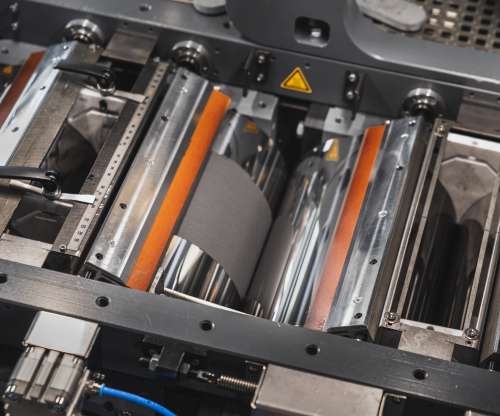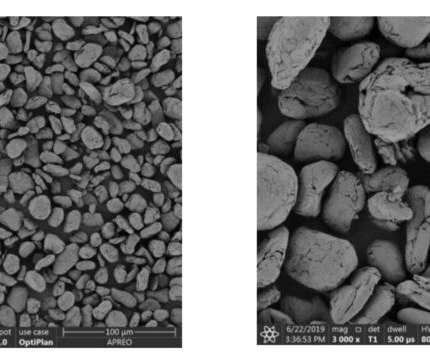Fraunhofer develops new dry-coating process for battery electrodes
Green Car Congress
SEPTEMBER 5, 2021
This coating contains the active components that are responsible for storing energy. The active material, conductive carbon and binders are dispersed in a solvent to make a paste, which is initially applied to the metal foil to form a wet coating. It could equally be used on lithium-ion cells as on lithium-sulfur or sodium-ion cells.











Let's personalize your content